“Exposure to great art provides an invitation. It draws us forward and opens the doors of possibility.” — Rick Rubin, The Creative Act: A Way of Being
Whenever I have considered the top of Rolling Stone‘s 500 Best Albums of All Time list, Bob Dylan’s Blood on the Tracks has always struck me as being ranked way too high. As of 2020, the album clocked in at #9. Its production always sounded dated to me and the songs, while good, seemed to have been performed too fast, like the musicians were all in a hurry. Strong reactions to art are often signs that one should pay closer attention. So, a few weeks ago, I forced myself to listen to Blood on the Tracks on repeat until I reached some kind of epiphany as to why I felt so strongly against the album being ranked so high. Around listen 11, I concluded that the merit of the album is in its lyrics and soon after came to an agreement with the consensus.
Produced by Bob Dylan and David Zimmerman and released on January 20, 1975, Blood on the Tracks is Bob Dylan’s 15th album. The album marked the beginning of Dylan’s return to popularity in the 1970s, after a string of stark departures from the folk style for which he is most well known. Blood on the Tracks has sold close to 3 million copies worldwide and is certified double platinum in the United States.
Dylan’s albums up until Blood on the Tracks often contained a song or two about relationships, but they almost always skewed more towards social commentary, activism, or even humor. Blood on the Tracks seems to be completely about the demise of Bob Dylan’s marriage to Sara Lownds. The songs are all downers, totally introspective, and completely brilliant. The reason, it seems, the album is ranked so high is because it’s Dylan’s take on the universal theme of heartache and he tells his side of the story exceedingly well.
In 2016, Dylan received a Nobel Prize for his song craft. Therein lies the genius of Blood on the Tracks. “Tangled Up in Blue” finishes each of its stanzas with its title line and, each time the line repeats, it casts a new light on the verses that came before it. None of the chord voicings or arrangements on Blood on the Tracks is too elaborate. However, the higher level meanings, far beyond the surface, inspire insights into human nature, sometimes several during a single listening. All of the songs on Blood on the Tracks are like this. The production has a mid-70s am radio sound, which, while not bad, doesn’t seem entirely necessary. Thankfully, there is a Bob Dylan Bootleg Series that, in Vol. 14, offers the original, stripped down versions of the songs. I prefer the Bootleg version of the album to the official release.
Exploring this master work changed me by turning my attention to the maxim less is more. Sometimes you don’t need drums on a track to make it more impactful. A song should speak for itself with just a voice and simple accompaniment. The production on Blood on the Tracks may have drawn immediate commercial attention to its songs, but, as the Bootlegs show, such attention was probably unnecessary. Blood on the Tracks, both the original version and the Bootleg, also invited my attention to other Bob Dylan albums I hadn’t yet heard. Of late, I’ve enjoyed Street-Legal, Infidels, Oh Mercy, Time Out of Mind, Love & Theft, and Tempest.
